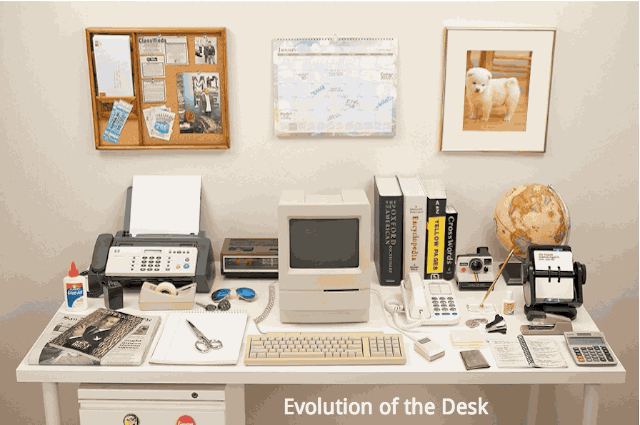1. Believe in history: “history repeats and repeats, and forget it at your peril. All bubbles break, all investment frenzies pass away.”
2. Neither a lender nor a borrower be: “Unleveraged portfolios cannot be stopped out, leveraged portfolios can. Leverage reduces the investor’s critical asset: patience.”
3. Don’t put all your treasure in one boat: “This is about as obvious as any investment advice could be … Several different investments, the more the merrier, will give your portfolio resilience, the ability to withstand shocks.”
4. Be patient and focus on the long term: Wait for the good cards. If you’ve waited and waited some more until finally a very cheap market appears, this will be your margin of safety.”
5. Recognize your advantages over the professionals: “The individual is far better-positioned to wait patiently for the right pitch while paying no regard to what others are doing, which is almost impossible for professionals.”
6. Try to contain natural optimism: “optimism comes with a downside, especially for investors: optimists don’t like to hear bad news.” (more…)

 1. Harness the power of intention
1. Harness the power of intention
 One of Sun Tzu’s most famous quotes is: “Every battle is won before it is fought.” The phrase implies that it is planning and strategy that wins wars and not the battles themselves. Similarly, successful traders commonly quote the phrase: “Plan the trade and trade the plan.” Just like in war, planning ahead can often mean the difference between success and failure.
One of Sun Tzu’s most famous quotes is: “Every battle is won before it is fought.” The phrase implies that it is planning and strategy that wins wars and not the battles themselves. Similarly, successful traders commonly quote the phrase: “Plan the trade and trade the plan.” Just like in war, planning ahead can often mean the difference between success and failure.

 This was written in 1991 but I think its still a very valid proposition. I am also adding this line from the same book, “In my view, the way to build wealth is to preserve capital, make consistent profits, and wait patiently for the right opportunity to make extraordinary gains.”
This was written in 1991 but I think its still a very valid proposition. I am also adding this line from the same book, “In my view, the way to build wealth is to preserve capital, make consistent profits, and wait patiently for the right opportunity to make extraordinary gains.”
 I can’t begin to guess how many feet of library shelves it would take to house all the books that have been written on value investing. The best answer is probably “too many.” So do we need yet another one? Yes. Value Investing in Asia by Stanley Lim Peir Shenq and Cheong Mun Hong (Wiley, 2018) takes the value investor into uncharted waters, waters rife with dangers but with the potential for solid profit.
I can’t begin to guess how many feet of library shelves it would take to house all the books that have been written on value investing. The best answer is probably “too many.” So do we need yet another one? Yes. Value Investing in Asia by Stanley Lim Peir Shenq and Cheong Mun Hong (Wiley, 2018) takes the value investor into uncharted waters, waters rife with dangers but with the potential for solid profit.